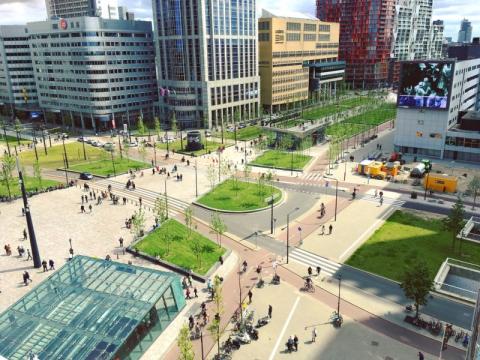A few days ago, we went to talk about biodiversity preservation with professionals in real estate and urban planning.
During a webinar organized by CIBI - International Biodiversity and Real Estate Council, we specifically wanted to show how ecological modeling could be used to address very diverse challenges in project management and site planning.
We thus presented two types of approaches based on SimOïko, our simulation software for species' life.
The first, aimed at professionals with no skills in modeling, seeks to provide standardized ecological indicators for the evaluation of projects and developments.
It is based on an automatic analysis of so-called "ordinary" biodiversity, meaning the most commonly encountered species. We selected thirty of them on the scale of France, simulating their movements and demographic dynamics according to predefined parameters.
The output provides four indicators:
- Accessibility, which evaluates whether the studied site is well connected to the ecological network and can thus be reached by species.
- Responsibility, which evaluates the quality and importance of the site within the overall ecological network.
- Diversity, which estimates the number of species likely to sustain themselves on the site.
- Quiet, which measures the level of anthropogenic pressures to which the site is subjected (noise and light pollution, green space management practices, human presence).
